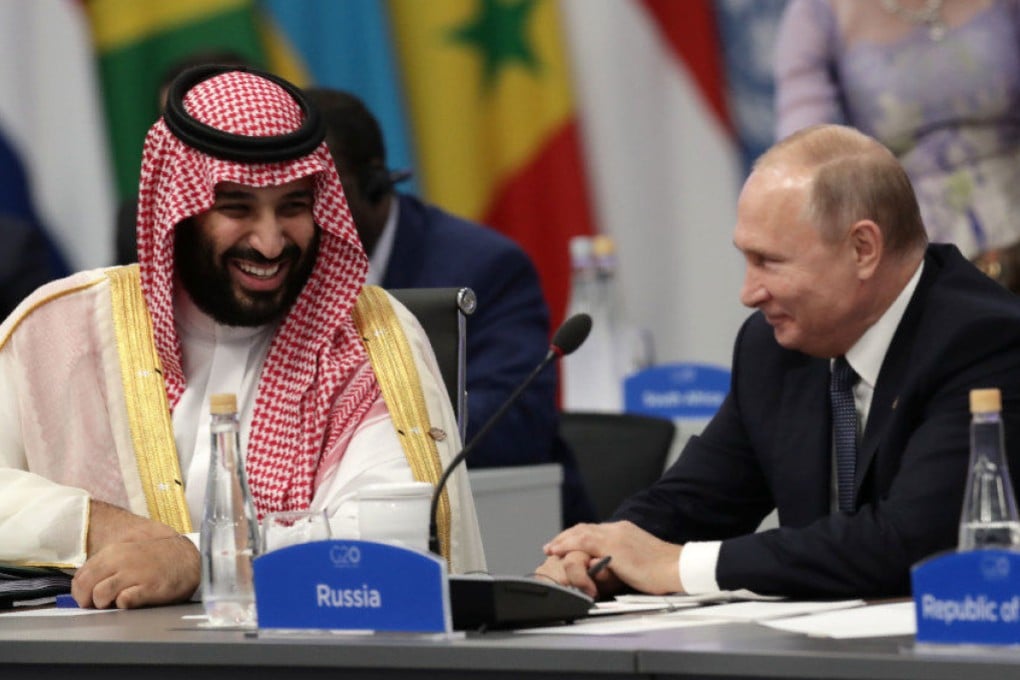My Take | A tale of two autocrats (and their different treatments by the US)
- Vladimir Putin and Mohammed bin Salman are responsible for wars – Ukraine and Yemen respectively – that have displaced millions and killed tens of thousands. As the United States castigates the one, it is making nice with the other. How does Washington choose?

At the Group of 20 summit of world leaders in late November 2018, a beaming Vladimir Putin walked up to Saudi Arabia’s Crown Prince Mohammed bin Salman, high-fived him and then shook his hand heartily.
The weird moment of bromance was captured and quickly went viral. The de facto ruler of what is arguably the world’s most important oil producer was then at the nadir of his international standing. The Turkish government had acknowledged that its intelligence service bugged the Saudi consulate in Istanbul and so taped the whole planning and execution – which included on-site torture and dismemberment – of Saudi dissident journalist Jamal Khashoggi, who was also a columnist with The Washington Post.
Despite the best efforts of then US president Donald Trump, his top diplomat Mike Pompeo, Trump’s son-in-law Jared Kushner, who was the crown prince’s best pal, to play down the murder, US intelligence had obtained hard evidence implicating the highest level of the Saudi government. Everyone knew who really stood accused.
Back then, Putin gave Salman diplomatic cover at the G20. Today, he is offering, inadvertently, an even bigger prize, the prince’s rehabilitation and his country’s return to the fold of respectable nations.

That’s because the United States and the European Union need to dry up Russia’s oil revenue as part of their economic war to counter Moscow’s invasion of Ukraine.
They need Saudi oil, not just to substitute for Russian oil, but to help fight the highest global inflation in decades, partly because of high energy prices.

